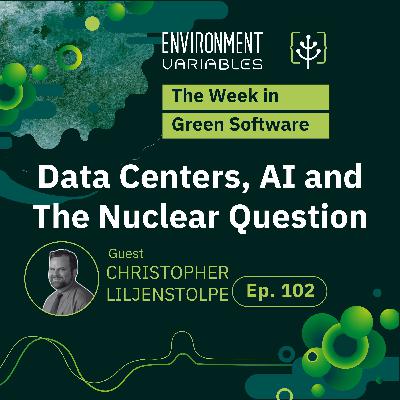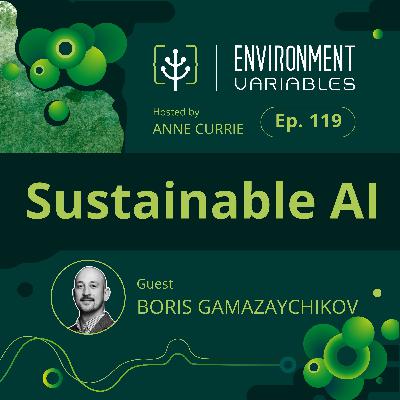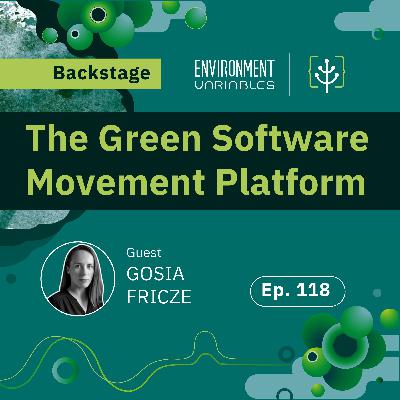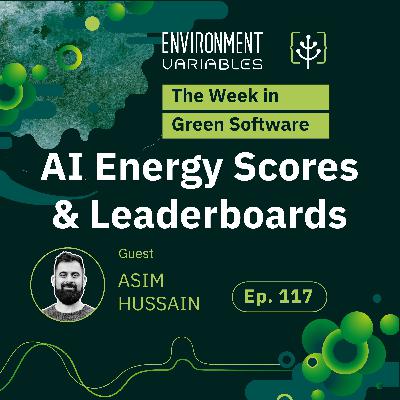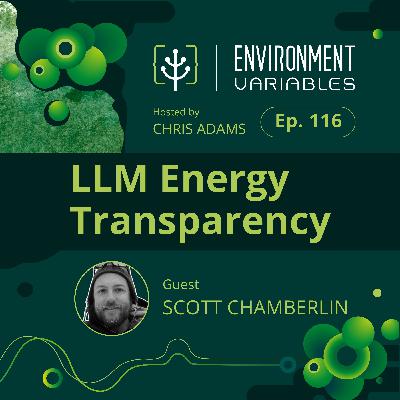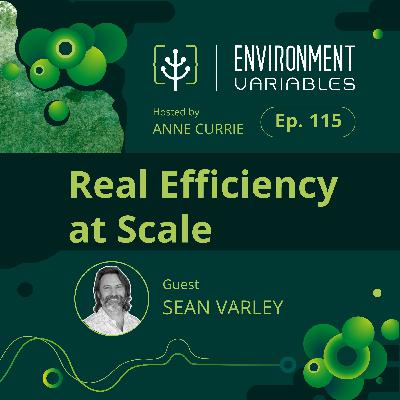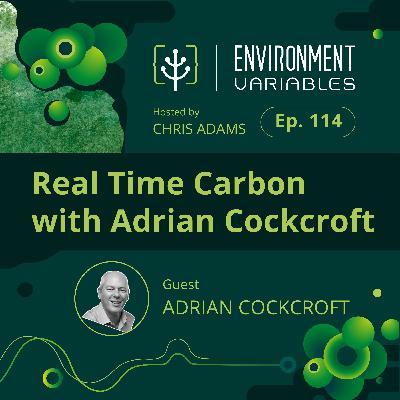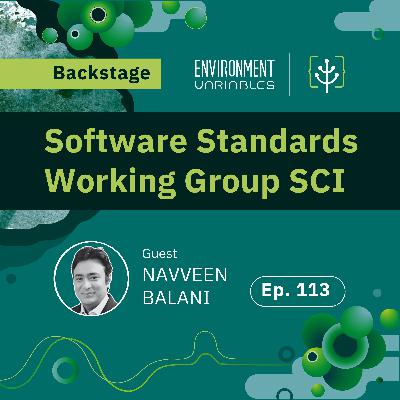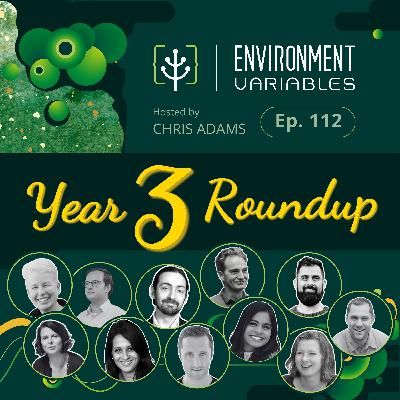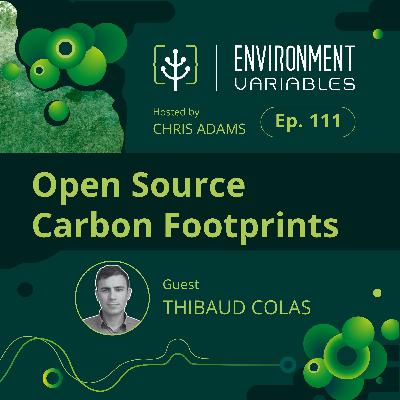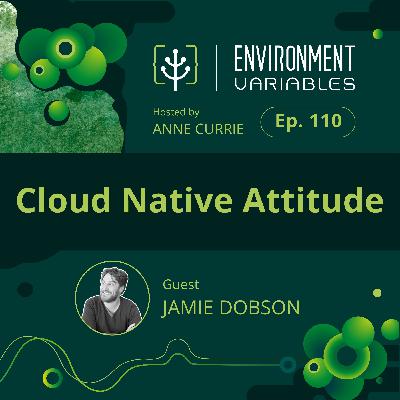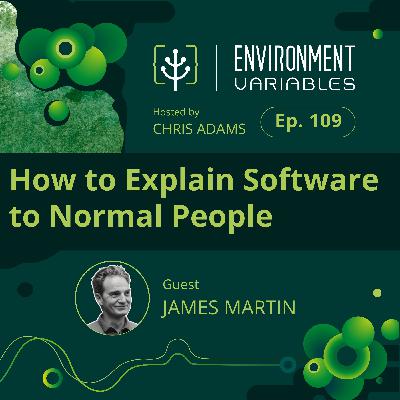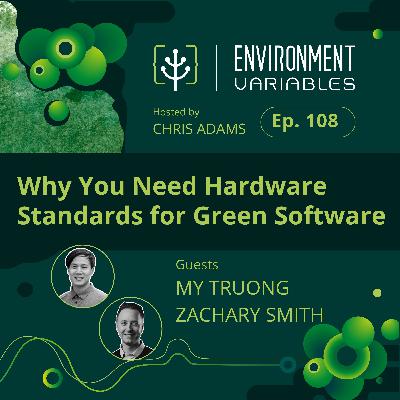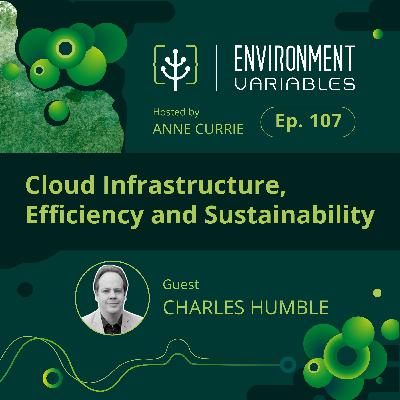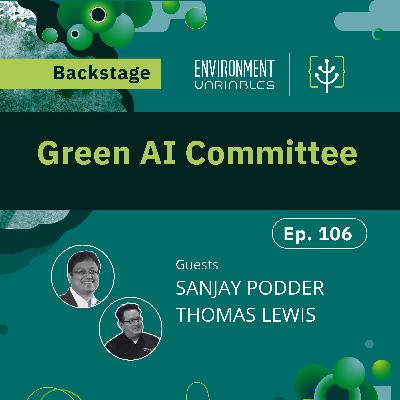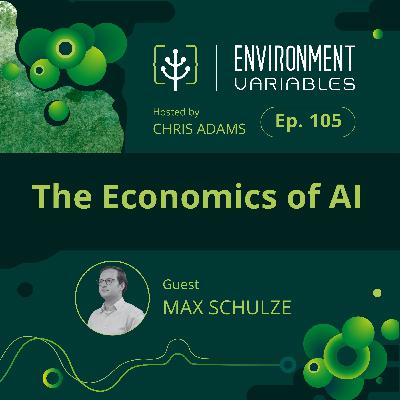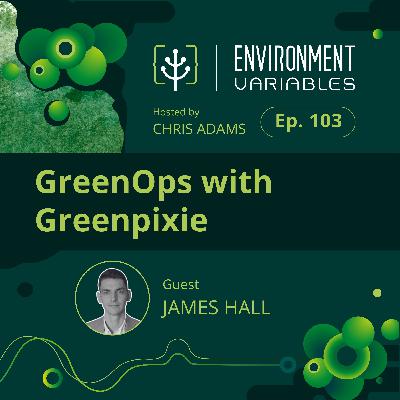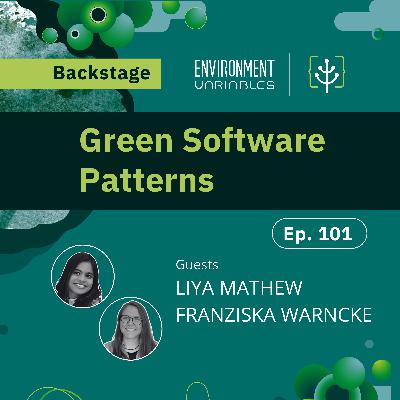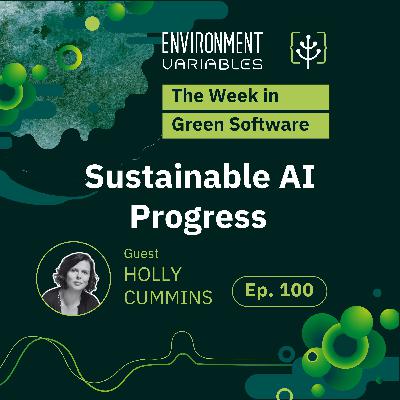The Week in Green Software: Data Centers, AI and the Nuclear Question
Update: 2025-04-03
Description
Host Anne Currie is joined by the seasoned Chris Liljenstolpe to talk about the latest trends shaping sustainable technology. They dive into the energy demands of AI-driven data centers and ask the big question around nuclear power in green computing. Discussing the trajectory of AI and data center technology, they take a look into the past of another great networking technology, the internet, to gain insights into the future of energy-efficient innovation in the tech industry.
Learn more about our people:
Find out more about the GSF:
Resources:
- AI’s Growing Energy Appetite – The Need for Transparency [05:24 ]
- How DeepSeek erased Silicon Valley's AI lead and wiped $1 trillion from U.S. markets | Fortune Asia [17:35 ]
- The SMR Gamble: Betting on Nuclear to Fuel the Data Center Boom [22:53 ]
- AI’s Growing Footprint: The Supply Chain Cost of Big Tech
Events:
- Webinar: Data-driven grid decarbonization | Electricity Maps - March 19 at 5:00 PM CET, Virtual
- Cloud Optimization 2025 – FinOps, GreenOps & AI-Driven Efficiency - March 20 at 4:00 PM GMT, Amsterdam
- Code Green London March Meetup (Community Organised Event) - March 20 at 6:30 PM GMT, London
- Green Software Ireland | Meetup - March 26 at 8:00 PM GMT, Virtual
If you enjoyed this episode then please either:
- Follow, rate, and review on Apple Podcasts
- Follow and rate on Spotify
- Watch our videos on The Green Software Foundation YouTube Channel!
Connect with us on Twitter, Github and LinkedIn!
TRNSCRIPT BELOW:
Christopher Liljenstolpe: The US grid's gonna be capped by 2031. We will be out of power in the United States by 2031. Europe will be out first. So something has to give, we have to become more efficient with the way we utilize these resources, the algorithms we build.
TRNSCRIPT BELOW:
Christopher Liljenstolpe: The US grid's gonna be capped by 2031. We will be out of power in the United States by 2031. Europe will be out first. So something has to give, we have to become more efficient with the way we utilize these resources, the algorithms we build.
Chris Adams: Hello, and welcome to Environment Variables, brought to you by the Green Software Foundation. In each episode, we discuss the latest news and events surrounding green software. On our show, you can expect candid conversations with top experts in their field who have a passion for how to reduce the greenhouse gas emissions of software.
I'm your host, Chris Adams.
Anne Currie: Hello, and welcome to This Week in Software, where we bring you the latest news and insights from the world of sustainable software. This week I'm your guest host Anne Curry. As you know, I'm quite often your guest host, so you're not hearing the dult tones of the usual host, Chris Adams. today we'll be talking to Chris Liljenstolpe.
Christopher Liljenstolpe, a leading expert in data center architecture and sustainability at Cisco Networks. Christopher is also the father of Project Calico and co-founder of Tigera, and he's a super expert in cloud infrastructure in green computing. But before I introduce him, I'm going to make it clear I've known Chris for years because he, and he's worked very closely with my husband, so we know each other very well.
So that might explain why we seem like we know each other quite well. Who knows. What I do know from Chris is that it's impossible to say what we'll be talking about today. We will go all over the place. But Chris, do you wanna introduce yourself?
Christopher Liljenstolpe: We might even cover the topic at hand, although that is an unlikely outcome. But who knows? That might be a first. That would be a first, but it might be an outcome.
Anne Currie: So introduce yourself. Introduce yourself.
Christopher Liljenstolpe: Sure. So, as Anne said, my name's Christopher Liljenstolpe. I am currently senior director for data Center Architecture, and sustainability here at Cisco, which means, once again, I failed to duck. So I'm the poor sod who's gotten the job of trying to square an interesting circle, which is, how do we build sustainable data centers, and what does a sustainable data center look like?
At the same time, dealing with this oncoming light at the end of the tunnel that is certainly not sunshine and blue birds, but is a locomotive called AI. And it's bringing with it gigawatt data centers. So, you know, put that in perspective. Mintel, two years ago we were talking about a high power data center
might be a 90 kilowatt rack data center, or a 100 kilowatt rack data center, or a 60 kilowatt rack data center. And about two years ago we went to, okay, it might be 150 kilowatt rack data center, and that was up from 30 kilowatts from years ago. Took a very long time to get to 30 kilowatts. That was good. From two years ago to nine months ago.
Nine months ago it went from 150 kilowatts to 250 kilowatts. So it took us decades to get from two kilowatts to 90 kilowatts to 150 kilowatts. And then in a year we went from 150 to 250, maybe 350. Jensen last week just took us to 600 kilowatts a rack. So yeah, that light at the end of the tunnel is not sunshine at the end of the tunnel.
So yeah, how do we do sustainable data centers when you've got racks that need nuclear power plants that need strapped into each and every rack? So, you know, I'm the one who gets to figure out, you know, what does a gigawatt data center look like and how do you make it sustainable? So that's my day job.
And then, and this really becomes a system of systems problem, which is usually what I end up doing throughout most of my career. Put the Lego blocks together, build system of systems, and then figure out what Lego blocks are missing and what we need to build. So, I did that with Anne's husband on a slightly different space, which was how do you build very scalable networks with millions of endpoints for Kubernetes?
And now I'm doing this for data center infrastructure.
Anne Currie: Which at least is absolutely fascinating. So for listeners, a bit background on me. I'm one of the authors of O'Reilly's new book, Building Green Software. I'm also the CEO of a learning and development company Strategically Green with the husband who used to work with Chris. So, in Building Green Software, Chris was a major contributor to the networking chapter.
So if you are interested in some of the background in this, and the networking chapter is very high level, you don't need to know any super amazing stuff about it, it'll ramp you up on the basics of networking. So take a, have a look, have a read of that. If you want a kind of, a little bit of a lightweight background to what we'll be talking about today.
But actually what we're talking about today is not networking. It is, it was a part of, it is obviously at a key part of any data center, but that's not really where your focus is on the moment. It sounds like, more like energy is what you are caring about at the moment with DCs. Is that true or both? It'll always be both, but...
Christopher Liljenstolpe: It is, it's both. Energy starts behaving a bit like networking a bit at this level. And it's getting the energy and getting the energy out as well. The cooling is actually a real interesting part of it, but
we really start thinking about the energy as an energy network. You almost have to, when we start thinking about energy flows this size, and controlling them and managing them.
But, then there's other aspects to this as well. Some of the things that are driving this insane, I'll be right out and say it, this insane per rack density. Why do we need 600 kilowatt racks? Do we need 600 kilowatt racks? But let's assume we do need them. Why do we need them? We need to pack as ma
Comments
In Channel

